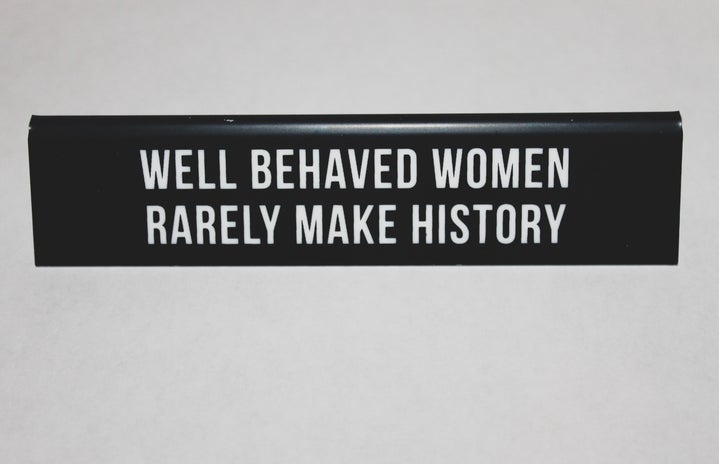The Avengers have Natasha Romanoff, the Justice League has Diana Prince, and the X-men have Jean Grey. See the pattern? While female characters appear more and more often these days, they’re typically regulated to fill tropes. For instance, each of the teams listed above can call themselves equal via their inclusion, of token girl heroes. But those same three girls, when looked at closely, are basically the same character with slight tweaks: beautiful, mysterious, and witty with an unusual past that makes them “different” from other women. In other words, if you, a woman, aren’t a trained super-spy or hail from an island of Amazons, you’re out of luck. The backgrounds and personalities of their male counterparts, though, vary widely: if you’re an alien, great. If you’re mutated, great. If you just happen to be really smart? Also great.
Similar disparities exist between heroes who work alone. Batman, for example, has a detailed backstory and civilian alter-ego, but Batgirl is defined only by her other career as a librarian and being another, male character’s niece. Arguments could surface that Batgirl’s status as a spin-off character explains her lack of characterization, but look at the attention lavished on Dick Grayson or Jim Gordon. Too, entirely independent girl heroes like Kamala Khan are depicted more as representations of females in general, as well as any other social subgroups they might belong to, rather than as individuals.
To be clear, I’m not railing on the male heroes; I’m pointing out how differently the authors and artists present girls. Feminist efforts have prompted more attention to women super-heroes of late, but, again, these tend to fall into conscious representations of womanhood instead of just a movie, show, or book about that specific character.
Exceptions exist, of course: I’m reminded of the Powerpuff Girls and Sailor Moon. But these are anomalies, not the norm. It might have to do with the fact that an overwhelming amount of comic creators are male. I imagine it’s more natural, even unconsciously, to create people more like you than not, and that it would require specific effort to write from the perspective of another gender. The divide among comic creators represents an aspect of a larger issue, but manifests clearly in what pop culture gets produced. And such representation or lack thereof continues a cycle, as girls who never see their sex appear powerful are much less likely to believe that they themselves could be.
It seems tricky to depoliticize gender—just like other identifiers, it’s unfortunately impossible to eradicate the sometimes negative cues they can inspire in others. So, like many if not most other issues, the best course of action appears a general, individual effort to tamper with how we perceive and, as a result, act regarding genders beside one’s own.
If you are interested in writing an article for Her Campus Davidson, contact us at davidson@hercampus.com or come to our weekly meeting Monday at 8 p.m. in Chambers 1003.

